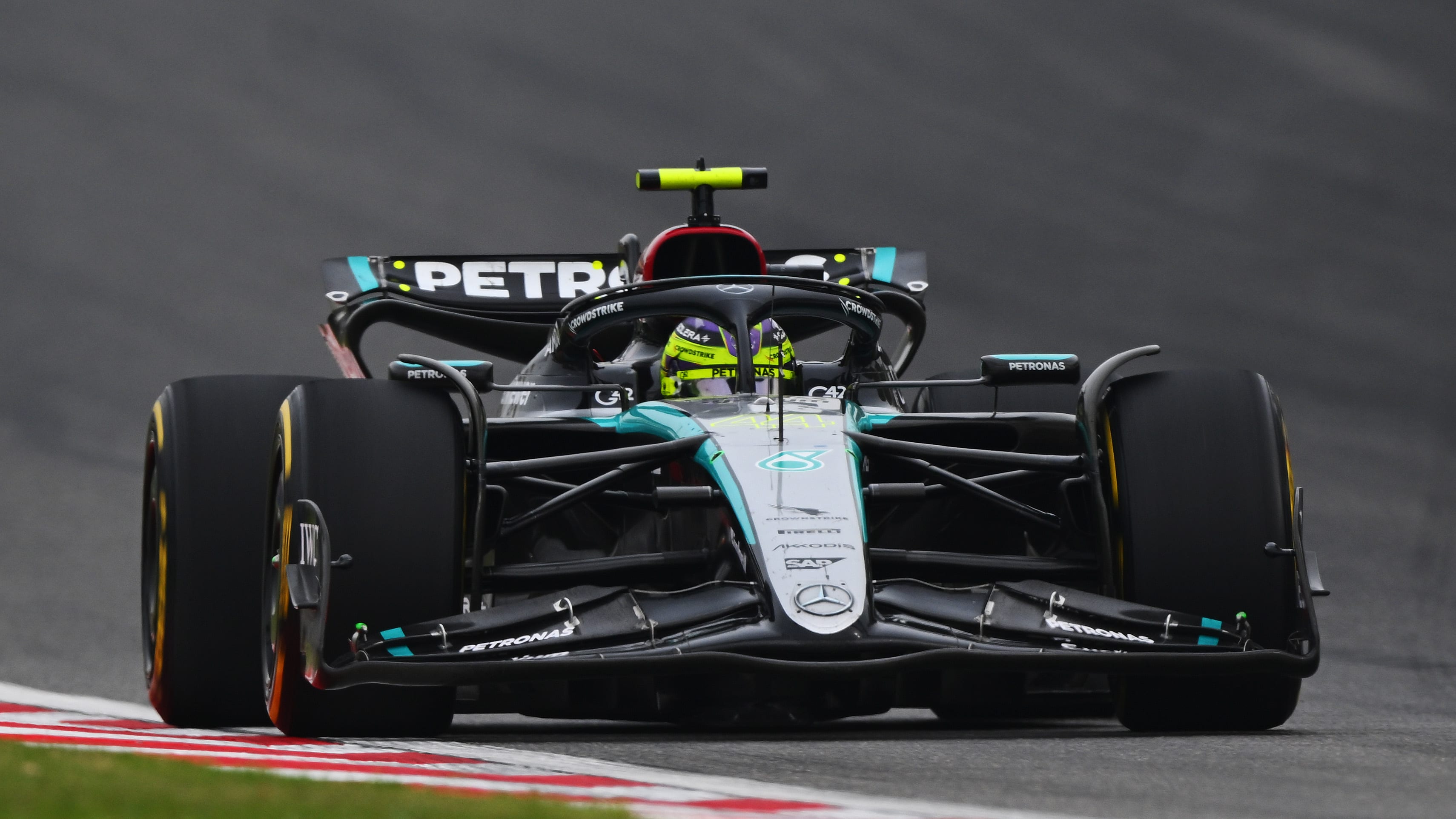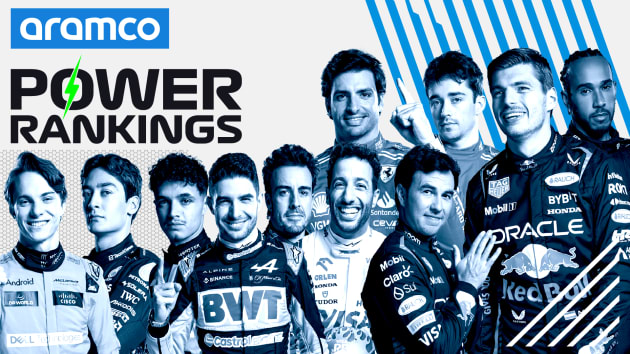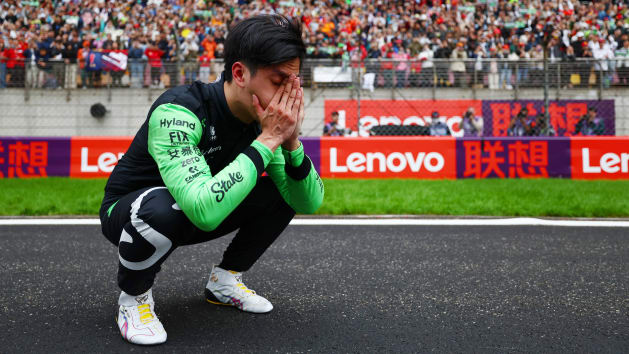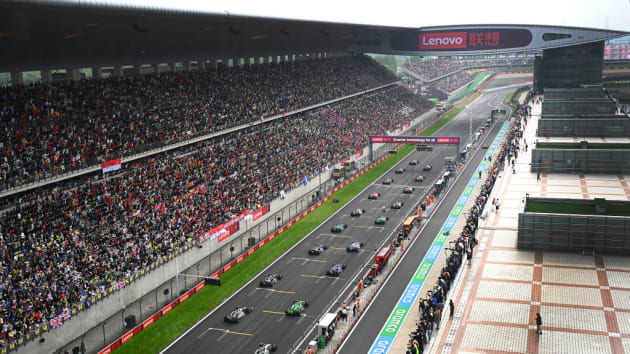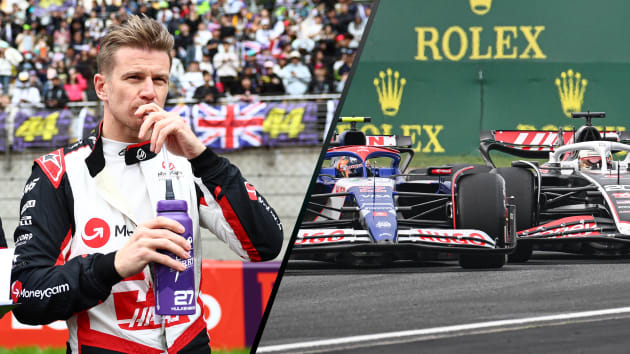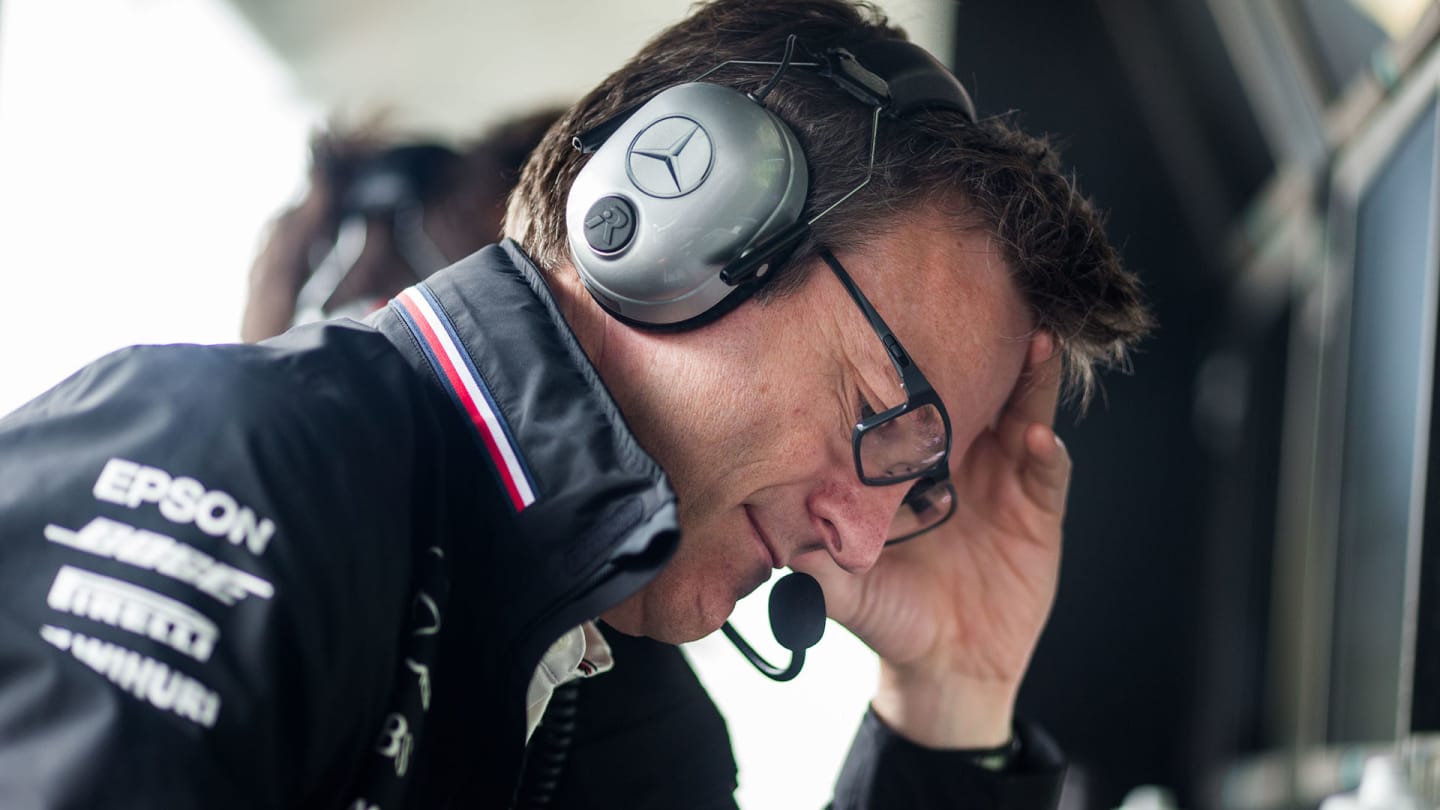
Feature
The insider’s guide to… Technical Directors
Special Contributor
Matt YousonShare

A Formula 1 car might be the work of a 1000-strong team of designers and technicians but at the top of the engineering pyramid are the sport's technical directors, and it's on the strength of their ability to make the big calls that a team succeeds or fails. No pressure, then...
Formula 1 is a sport that evolves rapidly, driven by the constant pursuit of more speed and innovation through technology. However, the application of that technology doesn’t simply affect the car, it affects also the organisation responsible for building the car. Nowhere is that more apparent than in the changing role of the technical director.
The term itself is a sign of the times. In a bygone era, when an F1 team was a handful of people, the technical department might have been a designer with one or two assistants. But gradually, as teams grew, the role became that of a chief designer with a room of assistants, and finally, as the science of building F1 cars evolved into an engineering discipline in its own right, the technical director arrived, overseeing the work of the chief designer. Today, F1 teams might be made up of a dozen departments that must harmonise to create a competitive car.
The most successful in their field attained a degree of fame uncommon in engineering circles as they became synonymous with their famous cars, and garnered cult-like followings that worshipped the idea of the inspired virtuoso endowed with the spark of genius. Today, the role has changed again as the extraordinary complexity of an F1 team’s work and the rapidity with which it must be conducted preclude the indulgence of a wunderkind.
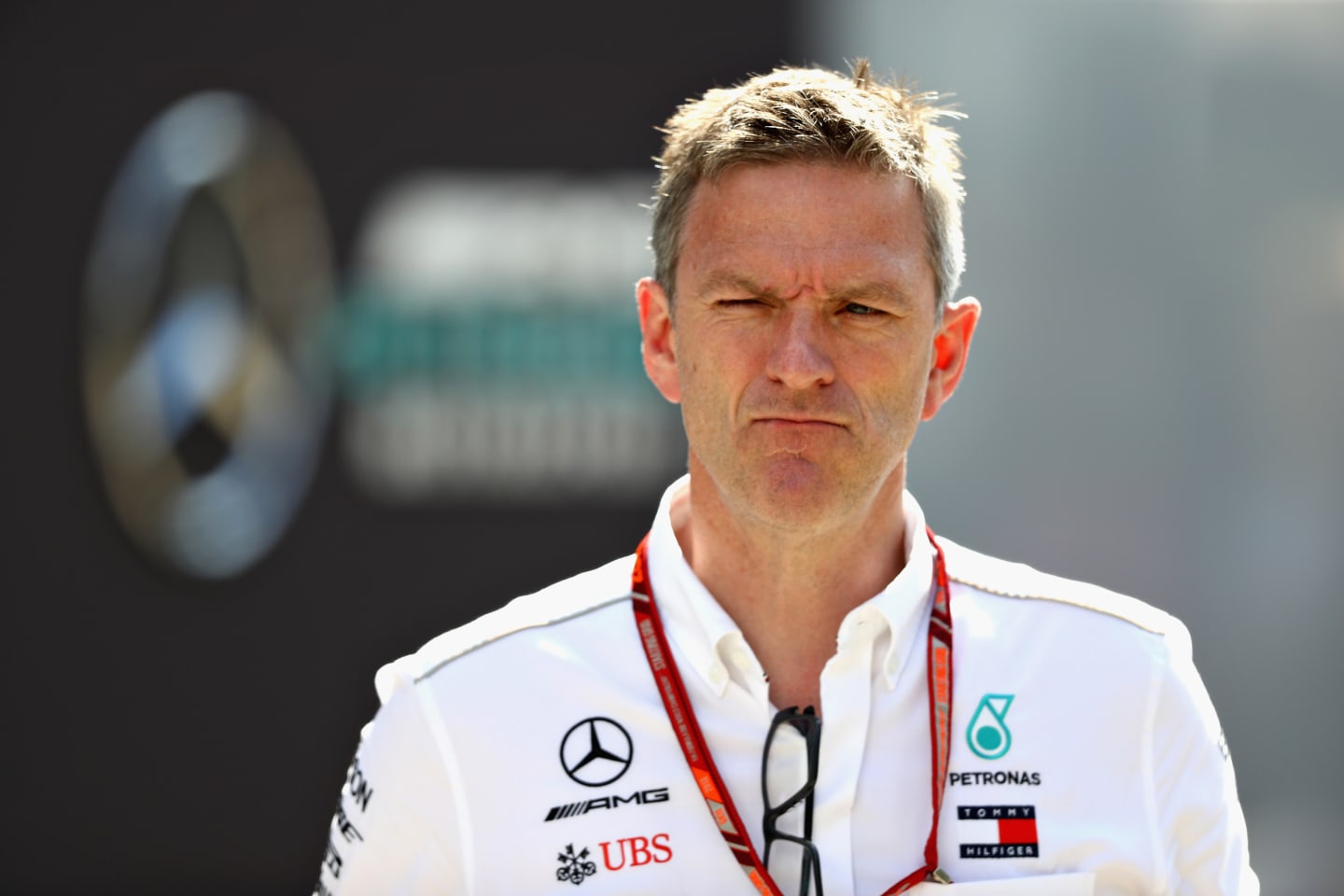
James Allison is Mercedes' Technical Director – a role he views as open-ended
Wide ranging responsibilities
James Allison, Technical Director at Mercedes, laughs when asked to describe what he and his peers do. “Hang around and look pretty? Take all the credit? Blame everyone when things go wrong?” It is, he suggests, a very open-ended question. “Quite seriously, I think you would struggle to get a consistent answer, because there are 10 teams and 10 individuals, all of whom do this job in their own style.
“In general terms, the technical director is responsible for making sure the car is legal, safe, fast and reliable,” he adds. “He or she tries to marshal all of the technical resources the company is able to provide, to maximise the possibility that you’ll win a championship in any given year. Or, if you’re a smaller team, to get the maximum amount of points conceivable with the resources available. However, no single person can be responsible for those things, except in a titular sense, because the scope is massive. You just can’t have the breadth of professional knowledge to be an expert in every field of what is a famously complicated sport.
READ MORE: How Ferrari and Mercedes’ six straight constructors’ titles stack up
“And so, the task is divided across many willing shoulders. My role – I guess – is to coordinate with those folk to try and find consensus among them where it’s not self-evident what the path forward should be. On occasion, I make single decisions because they just require somebody to make a decision. That job is like many managerial jobs, in that it requires the setting of objectives, and putting in place the resources to follow those objectives.”
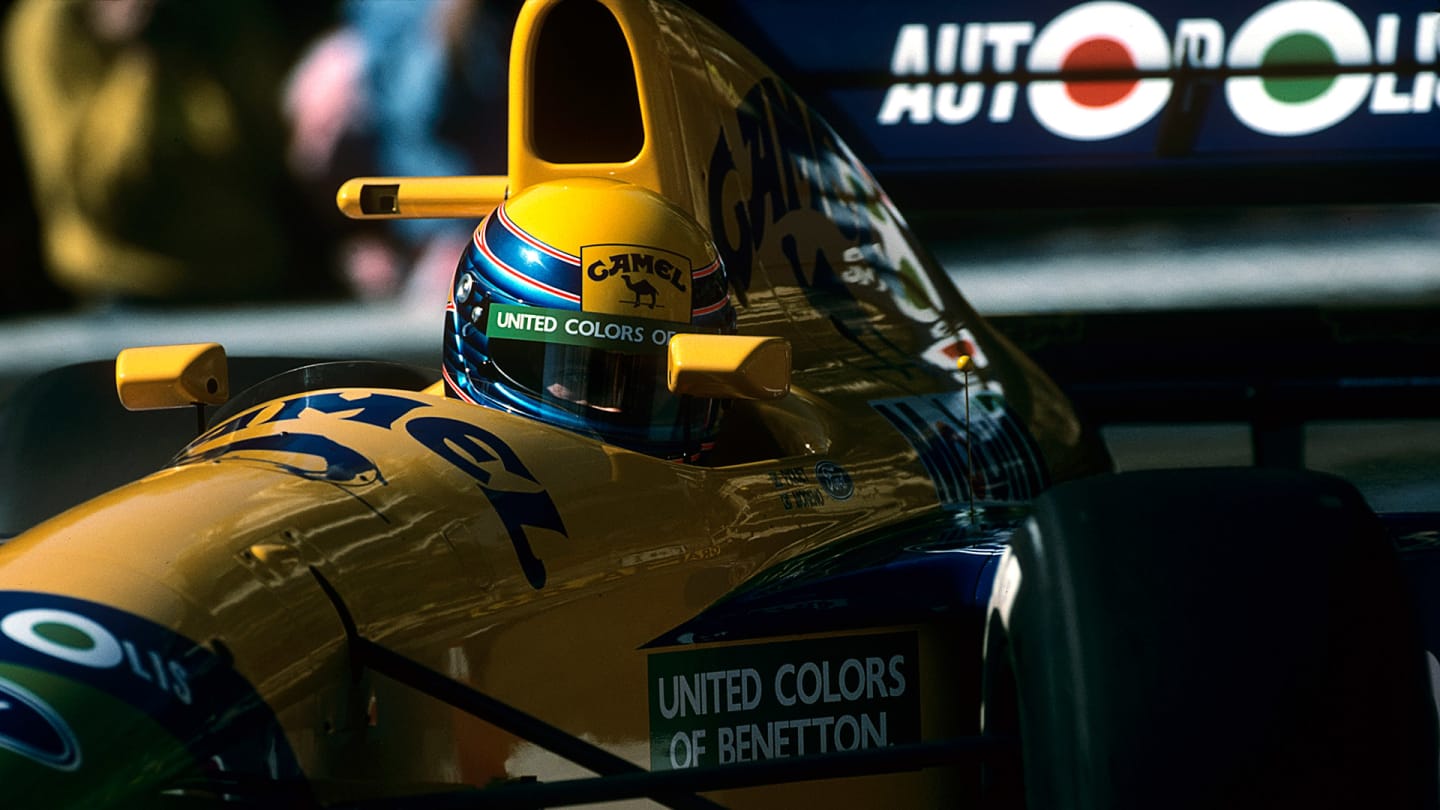
Allison began his F1 career at Benetton, when Roberto Moreno (above) and Michael Schumacher were driving for the team in 1991
“Of course, when I put it like that it sounds like the worst job in the world – and yet it’s the most brilliant, thrilling, rush of a job,” he continues. “More than anything else, an F1 team is a team. It’s the team part of it that you revel in every single day of your working life. The technical director has the privilege of sitting in an influential part of that team, and having the pleasure of seeing things working well – or having the responsibility of trying to turn the corner if things aren’t working well. It’s an amazing, fortunate, demanding, fun job.”
How times have changed
Allison began his F1 career in 1991 in Benetton’s aerodynamics department, and took a peripatetic route through F1 with stints at Larrousse, Benetton again and Ferrari, before occupying the senior position at Renault, Ferrari and now Mercedes. His early years in the business coincided with the era in which technical directors acquired rock star-like veneration among the public – something that has since changed.
“It really is a different job now,” he says. “When the teams were smaller, they tended to be run in a very autocratic style by someone with an extremely strong personality – which is the polite way of saying a horrendous bully. Teams would labour under the whip of one person whose vision would be stamped on every part of the car.
READ MORE: Can Red Bull be genuine title contenders in 2020?
“A good team would have an autocrat who made good decisions and a bad team would have a similarly autocratic figure who made bad decisions – but that model simply doesn’t work anymore. Once you scale the team up above a certain size, however much bandwidth a person has, they can’t cover that much ground. The organisation gets logjammed by the inability to make decisions – because the apex predator just can’t make enough of them quickly enough.”
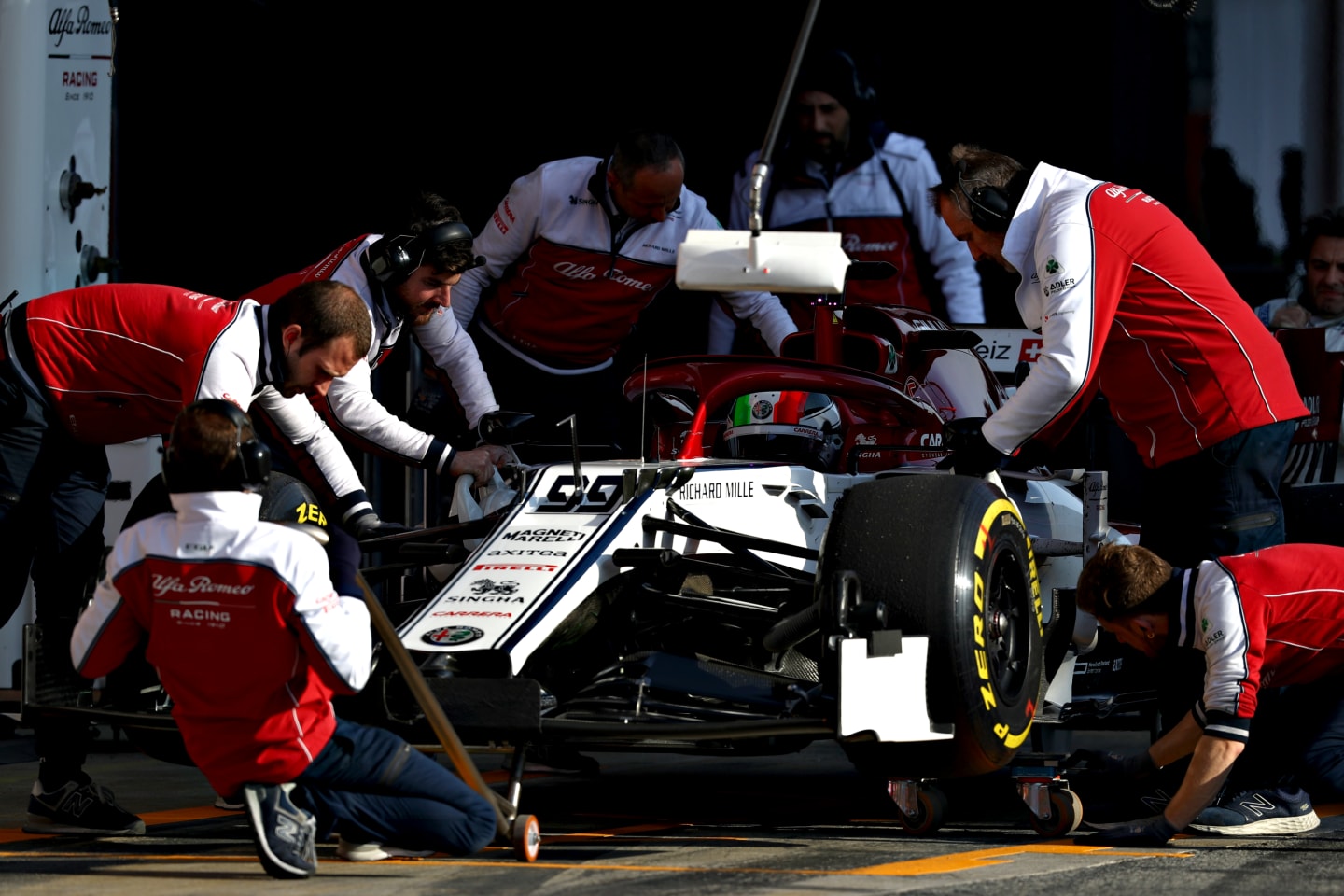
"It’s a matter of trust: you need to trust the people around you, and provide them with the support they need," says Alfa Romeo's Jan Monchaux
Maintaining the forward momentum of such a large organisation is often likened to conducting an orchestra, or a circus performer who keeps the plates spinning.
“That’s a good analogy,” says Jan Monchaux, Alfa Romeo’s recently installed Technical Director. “Making sure all the plates are spinning – which is not always the case – is the first job. After that, every week, perhaps every day, you want to get them spinning a bit quicker.”
PODCAST: Aldo Costa on engineering Ferrari and Mercedes’ F1 dominance
Monchaux is Alfa’s former Head of Aerodynamics, having previously worked in F1 for Toyota and Ferrari, before a stint with Audi Sport. He explains that the role of technical director is more resource allocation and people management than it is making a direct technical impact.
“Twenty years ago, the technical director would have had perhaps 40 people working for him,” he says. “Now it’s 10 times bigger, and every discipline within that goes into more and more detail. Even as head of aero, it would be a lie to say I was an absolute expert in every area of our aerodynamic programme.”
We’re all here because we love racing – we wouldn’t be able to cope with the pressure and the hours and the sweat and the tears the job demands if we didn’t
Marcin Budkowski
Handling the heat
Monchaux argues the technical director can’t indulge in micromanagement. He enjoys the busy kitchen metaphor. “It’s like the chef who decides to open a restaurant. He’s going to struggle to cook himself: he needs to rely on cooks that understand his philosophies and the way he would cook. That’s how I see things here. I’ll give some direction, and impart some philosophies. I’m not going to tell people how to solve problems. Many of them are more clever than I am, so why should I get involved in that level of micromanagement? It’s a matter of trust: you need to trust the people around you, and provide them with the support they need.”
In this model, the technical director becomes the ultimate arbiter, making key decisions because somebody has to. F1 tends to be driven by data – but decisions can still rely heavily on experience and instinct.
“That’s not even rare,” adds Allison. “We’re lucky to have tools that are definitive: engine dynos will tell you if you’ve got horsepower, wind tunnels will tell you if you’ve got better, more efficient aerodynamics – but all that really tells you is the status of the hardware you possess today. What they can’t do for you is to choose between the three or four avenues of potential development ahead.
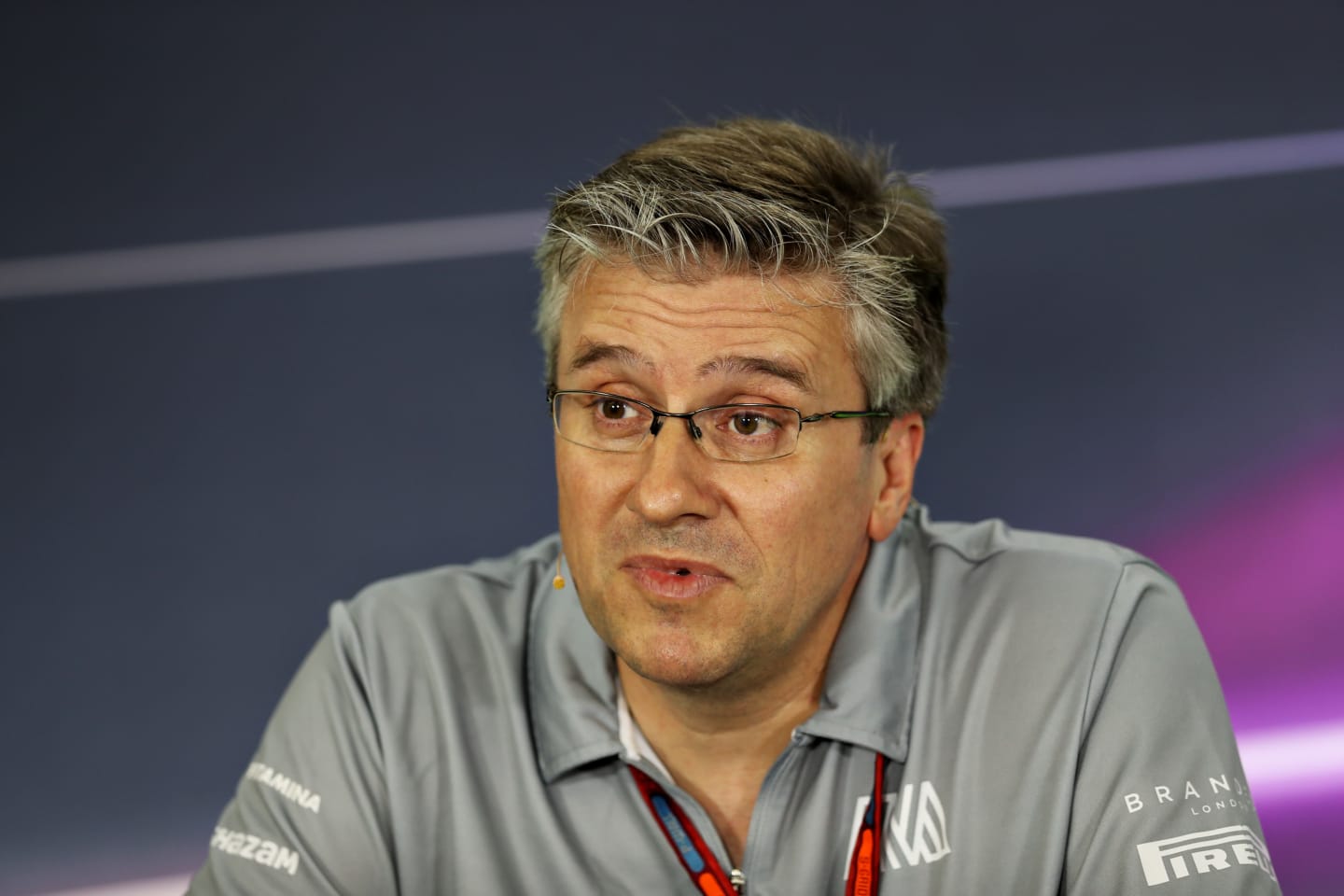
Ex-McLaren and Ferrari engineer Pat Fry has been brought in by Renault as part of a raft of senior management changes
“We won’t do all of them, because that would dilute our effort, so it’s really a matter of judgement: how many projects should we have in the air at one time? How do we split our resources? How many big, bold things with a high chance of failure should we do, compared to the myriad small, unambitious things that will move us forward – but only by a whisker?”
‘Technical director’ has a different meaning from team to team. For some it is the ultimate technical authority, in other teams responsibilities are divided among a number of senior personnel.
Renault's split responsibilities
In 2019, Renault had two technical directors: Rémi Taffin in Viry-Châtillon, France, responsible for engine development; and Nick Chester, in Enstone, England, responsible for the chassis. Chester has now left the team with Pat Fry and Dirk de Beer among Renault's recent appointments. Enstone itself operated in a different way to other factories, with Chester answerable for the car, but Executive Director Marcin Budkowski is responsible for the wider aspects of the team’s operations that, in other teams, would be folded into the technical director’s mandate.
“I joke that Nick’s designing the car and I’m designing the organisation,” said Budkowski. “My role today is mostly about building a strong organisation. It’s a management role with a remit beyond technical, covering the operational side as well: production, procurement, delivery.”
Maybe the chef should stay in the kitchen most of the time – but occasionally you have to venture out to see how the restaurant works
Jan Monchaux
Budkowski started his career as an aerodynamicist at Prost GP, before moving to Ferrari, then McLaren and most recently the FIA, latterly as head of the authority’s technical department. Today, he works to put in place the tools that allow other people to add performance to the car.
“I’m in charge of everything related to the production and delivery of the car,” he says. “All the technical and operations departments – as well as human resources – are on my list of responsibilities. It ranges from recruitment of key roles and changes in the organisational structure: promoting people or moving them around into different roles; changing the way departments operate. It can be in budget allocation, whether that’s short term or long term. I do get involved sometimes in the major technical decisions guiding the car design but I try to let the people directly involved decide those things. I’m not close enough to it on a daily basis but obviously I take a keen interest because it’s my background.”
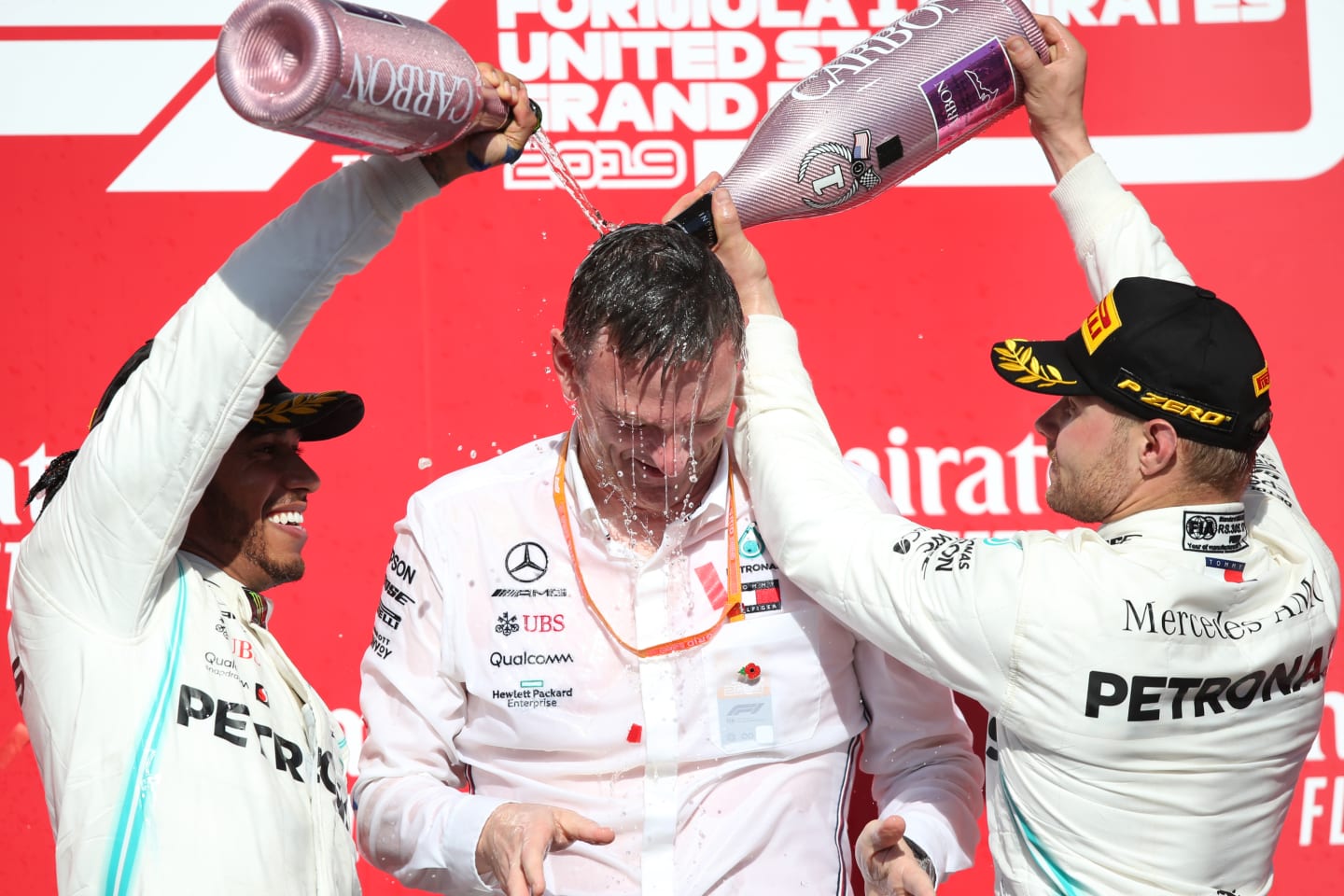
Technical directors still have a burning passion for the sport, feeling frustration and joy at their own work
The modern technical director role
There isn’t a requirement for a technical director to be an F1 fan – indeed there may be advantages to viewing the sport without the prism of passion – but the desire to go racing and to taste success demonstrably burns in everyone we speak to.
“We’re all here because we love racing – we wouldn’t be able to cope with the pressure and the hours and the sweat and the tears the job demands if we didn’t,” says Budkowski, adding that it’s a big factor in deciding to show up at the circuit. “Realistically, travel takes a lot of time and my added value is mostly at the factory – but there’s a massive desire to be at the track and be in contact with the cars, the drivers, the mechanics. If you’re at the factory, you don’t have that exposure. You could almost forget you work in racing. The day-to-day tasks of building and managing a team are all very interesting – but you want to go racing.
READ MORE: Renault – ‘We won’t be content with midfield supremacy’
“It’s massively frustrating when the performance is disappointing but the joy is in remembering that you’re extremely lucky. F1 was my passion as a teenager and being able to work in something you’re passionate about is a very privileged position to be in.”
It’s a point of view echoed by Monchaux. “Right now, our team needs more effort and more work to be done behind the scenes on the process side, adding efficiency to the way we approach problems, and looking into how quickly and economically we solve them. Travelling to races, especially at this time of year, means missing a lot of time at the factory – and yet I really do not want to lose contact with the track.
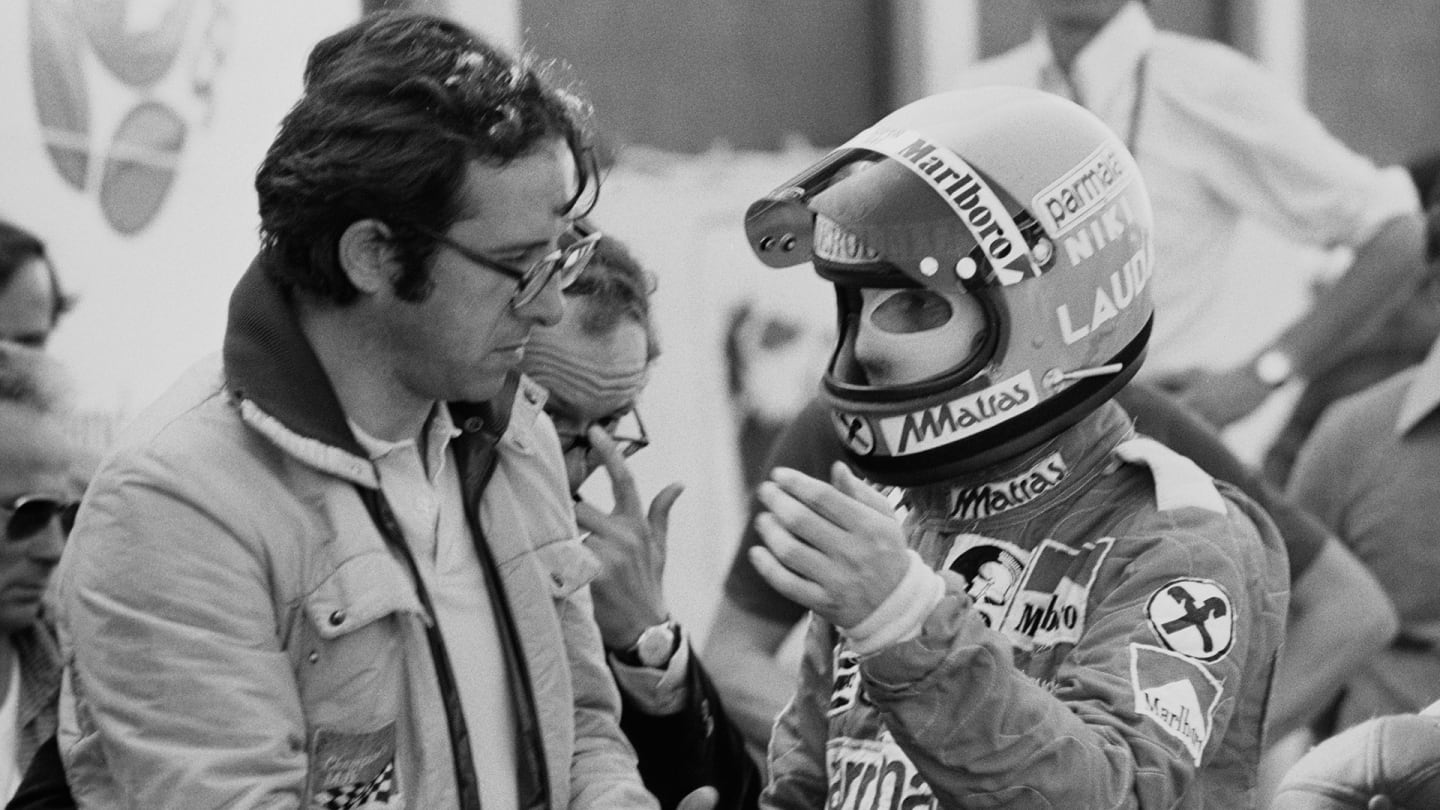
Do modern technical directors have the power of those such as Mauro Forghieri (left), who was responsible for Niki Lauda's two championship-winning Ferraris?
"Going back to the kitchen analogy, the trackside activity is the point at which the food leaves the kitchen to be served to the diners. Maybe the chef should stay in the kitchen most of the time – but occasionally you have to venture out to see how the restaurant works.”
In terms of public perception, we are, perhaps, beyond the point of peak technical director. The collaborative nature of the role has replaced the eccentricities of previous generations, to the extent that ownership of a current car is rarely attributed with the same freedom that would be applied to the creations of a Mauro Forghieri, a Patrick Head or even the earlier work of Adrian Newey.
The responsibilities are just as great, and the burdens no less heavy, but the modern sport requires a team player rather than a virtuoso.
YOU MIGHT ALSO LIKE
Feature POWER RANKINGS: Who impressed our judges on a dramatic Shanghai Sprint weekend?
News Zhou ‘proud and honoured’ to race in China but Bottas’ day ends in disappointment
News Championship points and 2025 pre-season testing discussed in second Formula 1 Commission meeting of 2024
News Hulkenberg pleased to ‘steal’ another point for Haas as Magnussen rues costly contact with Tsunoda
